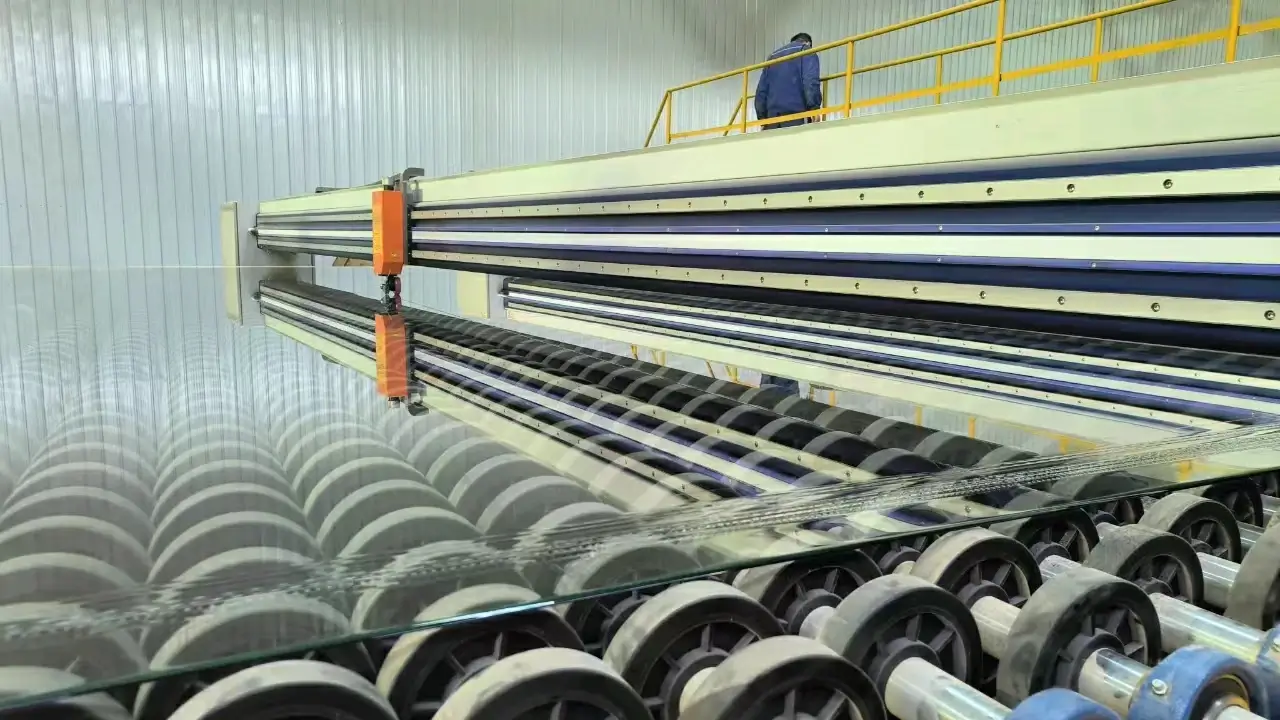

Triple Silver Low-E Glass A Game Changer in Energy Efficiency
In recent years, energy efficiency and sustainability have become pivotal considerations in the construction and renovation of buildings. One of the most innovative advancements in window technology is triple silver low-emissivity (low-E) glass. This type of glass offers an array of benefits that enhance thermal performance, reduce energy costs, and contribute to environmentally friendly practices.
Understanding Triple Silver Low-E Glass
Low-E glass is designed to minimize the amount of ultraviolet and infrared light that can enter a home or building without compromising the amount of natural light that can flow in. The 'E' in low-E stands for emissivity, which pertains to the ability of a material to emit energy. The incorporation of silver into the coating process enhances these properties, making triple silver low-E glass one of the most advanced types of low-E glass available on the market.
Triple silver low-E glass is coated with three layers of silver, providing superior thermal performance compared to single or double silver options. This advanced coating system reflects heat back into the building during winter while rejecting excess heat during the summer, making for a comfortable indoor climate year-round.
Benefits of Triple Silver Low-E Glass
1. Energy Efficiency One of the primary advantages of triple silver low-E glass is its ability to significantly reduce heating and cooling costs. By minimizing heat transfer, this glass helps maintain a consistent indoor temperature, reducing reliance on HVAC systems. In fact, buildings equipped with triple silver low-E glass can see a reduction in energy consumption of up to 40% compared to traditional glazing options.

2. Enhanced Comfort Beyond energy savings, triple silver low-E glass contributes to improved comfort levels within a space. By reducing the impact of external temperature fluctuations, occupants are less likely to experience drafts and hot spots, creating a more enjoyable living or working environment.
3. UV Protection The glass effectively blocks up to 99% of harmful UV rays, which are known to cause fading in furniture, carpets, and artwork. This protective feature helps preserve the integrity and appearance of a building’s interior over time.
4. Aesthetic Appeal Triple silver low-E glass is available in a variety of styles and finishes, providing homeowners and architects with design flexibility. It offers a sleek modern look that can enhance the aesthetic value of a building while maintaining high performance.
5. Environmental Impact By promoting energy efficiency and reducing carbon emissions, triple silver low-E glass aligns with sustainable building practices. Utilizing this glass in construction projects can contribute to LEED (Leadership in Energy and Environmental Design) certification and other green building standards, offering long-term benefits to the environment.
Conclusion
As the demand for energy-efficient solutions continues to grow, triple silver low-E glass emerges as a leading technology in the field of building materials. With its impressive thermal performance, comfort-enhancing qualities, UV protection, and aesthetic versatility, it represents a critical advancement in creating sustainable living spaces. For those looking to upgrade their buildings, invest in triple silver low-E glass to capitalize on the numerous benefits it offers, not just for today, but for a sustainable tomorrow.